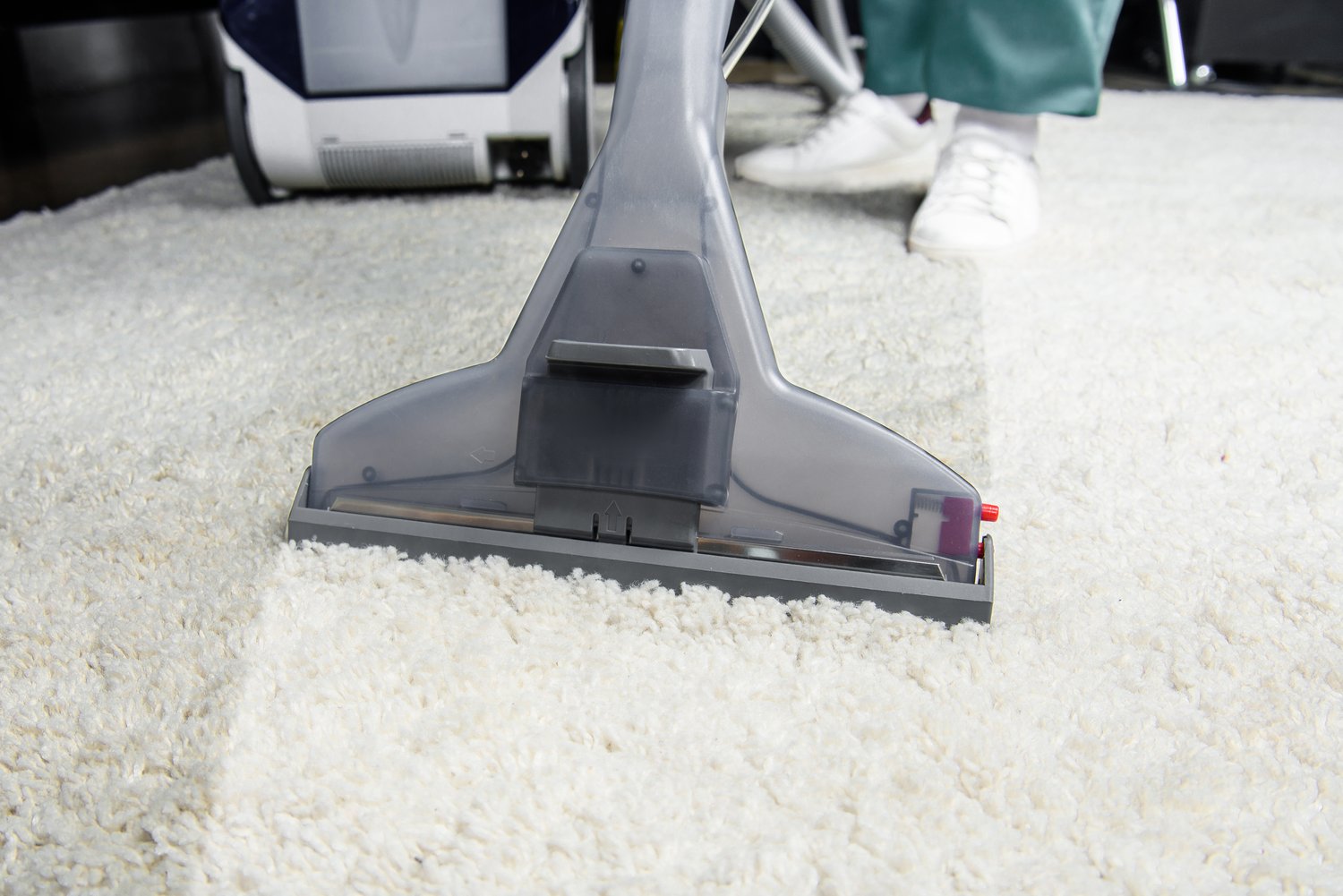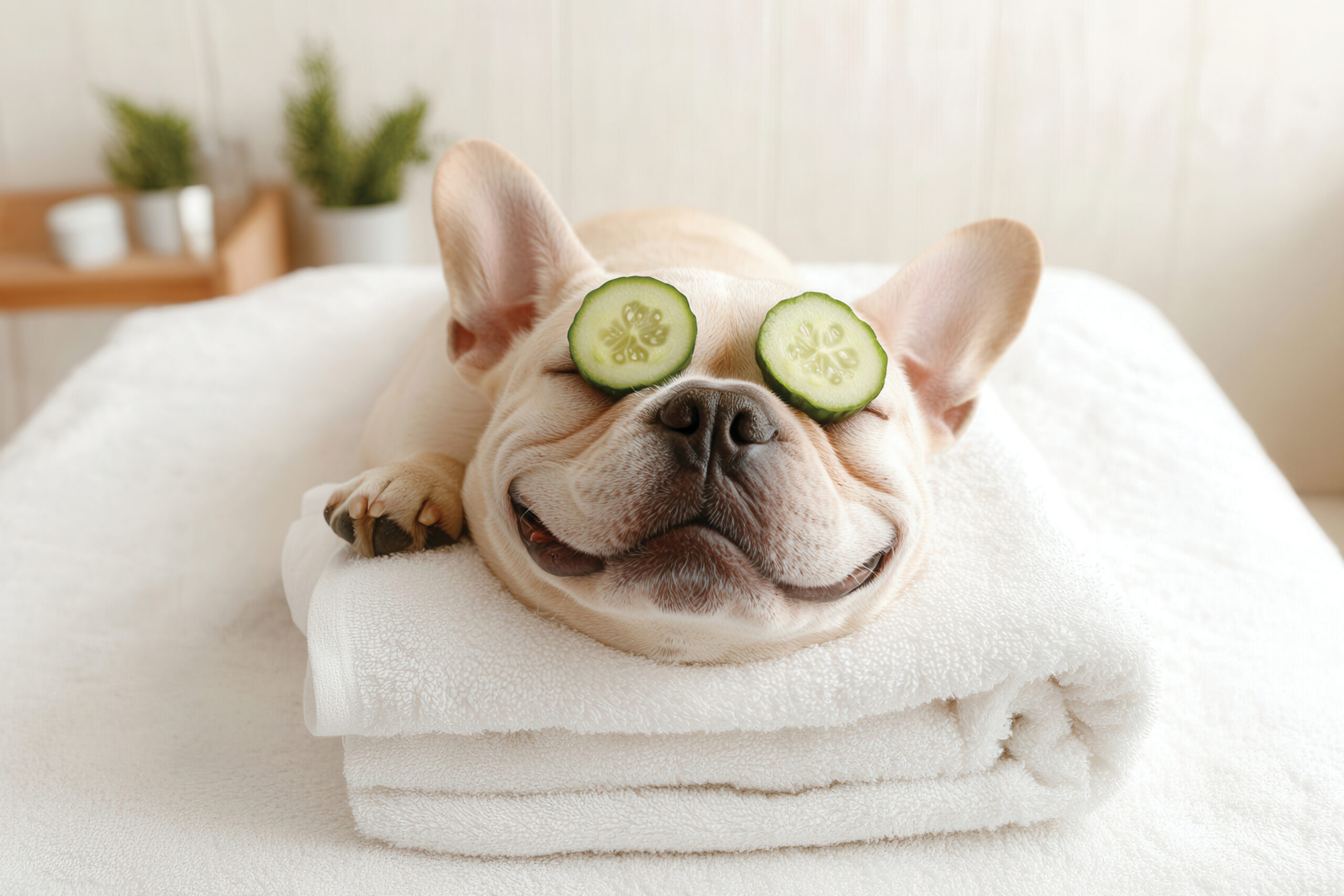Maintaining a clean home requires more than just regular tidying—it demands proper techniques and product knowledge. Many homeowners inadvertently sabotage their cleaning efforts by making common mistakes that leave surfaces still dirty or even damaged. In this comprehensive guide, we’ll explore the most frequent cleaning errors people make and provide solutions for better home cleaning results. By understanding what not to do, you can transform your cleaning routine into a more efficient and effective process that truly delivers the pristine environment you desire.
Using Too Much Cleaning Product
One of the most prevalent cleaning mistakes is the “more is better” approach to cleaning products. Contrary to popular belief, using excessive amounts of cleaners doesn’t improve results—it often makes them worse. When too much product is applied, it leaves behind a residue that attracts dirt and dust, creating a sticky film on surfaces. This residue buildup is particularly problematic on floors, countertops, and glass surfaces, making them appear dull and dirty even after cleaning. The correct approach is to follow manufacturer instructions regarding dilution rates and application methods. Using the recommended amount not only provides better cleaning results but also extends the life of your cleaning supplies and saves money in the long run.
Cleaning in the Wrong Order
The sequence of your cleaning tasks significantly impacts efficiency and effectiveness. A common cleaning error many people make is dusting after vacuuming or mopping before dusting. When you vacuum first, the dust disturbed from higher surfaces later settles on your freshly cleaned floors, requiring double work. The optimal cleaning order always works from top to bottom: start with dusting ceiling fans, light fixtures, and high shelves, then work your way down to furniture, countertops, and finally, floors. This gravity-friendly approach ensures displaced dust and debris end up on uncleaned surfaces and are removed in your final floor cleaning step. Adopting this simple sequencing principle is one of the most effective cleaning techniques to reduce your overall cleaning time.
Using the Same Cloth for Everything
Many homeowners unknowingly spread germs and cleaning chemicals by using the same cleaning cloth throughout their entire home. This cross-contamination negates much of your cleaning effort. For instance, using the same cloth in the bathroom and then on kitchen counters transfers bathroom bacteria to food preparation areas. Similarly, using a cloth that has absorbed chemical cleaners on surfaces where those chemicals aren’t appropriate can cause damage. To avoid this common cleaning error, designate different colored microfiber cloths for specific areas or tasks. Keep bathroom cloths separate from kitchen ones, and have dedicated cloths for dusting versus disinfecting. Microfiber cloths are particularly effective because they trap dirt instead of spreading it around, and they can be washed and reused many times.
Neglecting to Pre-Treat Stains
Immediate action is crucial when dealing with spills and stains. Many people make the mistake of aggressively scrubbing a stain without proper pre-treatment, which can set the stain permanently or damage the material. Effective stain removal begins with understanding the nature of the stain and the appropriate treatment method. For most stains, gently blotting (not rubbing) to remove excess liquid is the first step, followed by application of the appropriate cleaning solution. As the experts at AskHomey recommend, different stains require different approaches—protein-based stains like blood need enzymatic cleaners, while oil-based stains require degreasers. Taking the time to identify and pre-treat stains properly will significantly improve your success rate at removing them completely.
Cleaning Windows on Sunny Days
While it might seem logical to clean windows when you can clearly see the dirt, washing windows on bright, sunny days is actually counterproductive. The heat from direct sunlight causes cleaning solutions to dry too quickly, leaving behind streaks and residue before you have a chance to properly wipe them clean. For streak-free results, choose an overcast day or work during early morning or evening hours when windows aren’t in direct sunlight. Additionally, using the proper tools—such as a good-quality squeegee and a lint-free cloth—is essential for better home cleaning results on glass surfaces. Start from the top and work your way down in a systematic pattern to avoid missing spots or creating drip marks.
Forgetting Hidden Areas and High-Touch Surfaces
Many cleaning routines focus on visible surfaces while neglecting areas that harbor the most germs and dust. Door handles, light switches, remote controls, and electronics are high-touch surfaces that should be disinfected regularly but are often overlooked. Similarly, the tops of cabinets, refrigerators, ceiling fan blades, and baseboards collect significant dust over time. Incorporating these often-forgotten areas into your regular cleaning schedule prevents dust buildup that can affect air quality and create more work in the long run. A thorough approach to cleaning that includes these hidden spaces will result in a truly clean home rather than just the appearance of cleanliness.
For more tips and to connect with reliable home service professionals, follow AskHomey on Facebook and Instagram.



